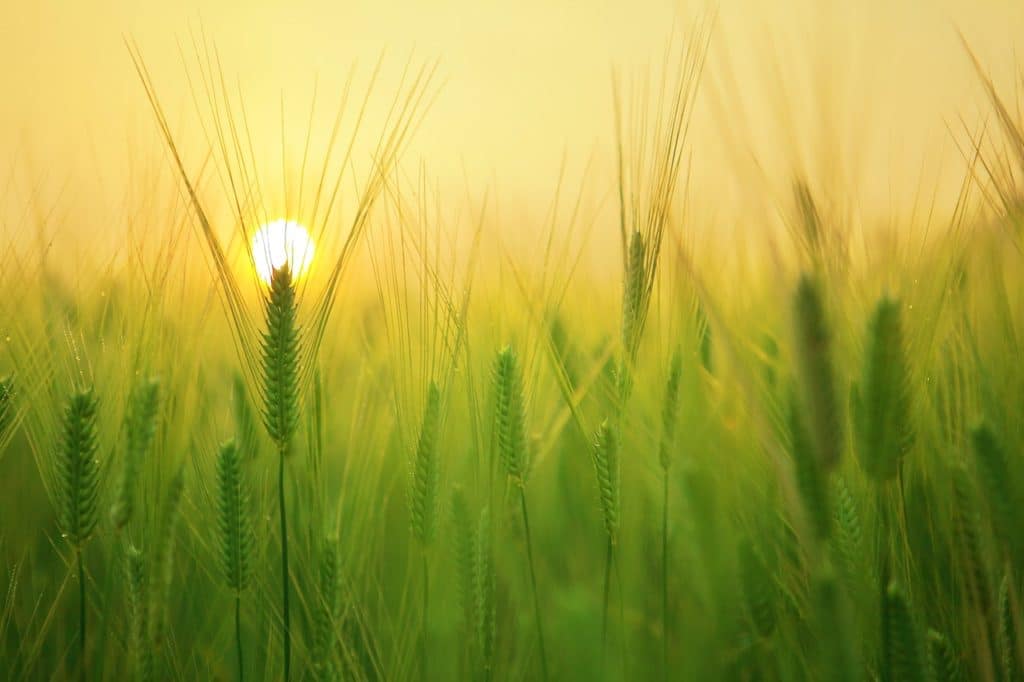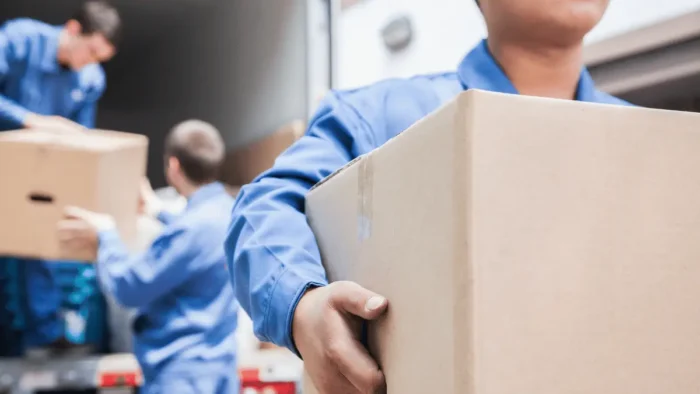The more acres you farm on, the more land you will expose to the elements. To make the most of your seeding, you can keep your work held in one place by stabilizing your fields. Growing stable crops requires that the initial seeds you plant don’t move once they’re laid. This is if you want the roots of your crops to anchor well and grow.
Many elements can remove your seeds before they mature into the ground. With the help of erosion control, you have the tools to keep your soil and seeds stationary for healthy crops to grow from. You will also have a positive impact on the environment by keeping erosion at bay.
The Process of Seeding on Major Areas of Land
Tilling is best done when erosion control is also allotted equal time. Both make your fields ideal for “holding” the seeds you spread. The natural elements, though they bring your crops to life, are what you’re also fighting against. The weather should be looked at closely as changing conditions can sweep away your work.
Stabilizing your land, obeying local laws, and using erosion control products can simplify your work. You have a lot of lands to cover and plenty of seeds to spread, but nothing should be washed away.
Federal and State Laws:
The Federal Seed Act regulates the types of seeds that are allowed for growth. This agency offers guidance on which seeds slow down or speed up the erosion of your land. Its library is a public resource that covers seed types, germination periods and hybridization.
The FSA’s regulations also suggest how much time must pass before you can use certain seeds again. Beans, okra, peas, and pepper all have different properties that change the soil, and each seed is listed with the conditions they shouldn’t be used in.
Wind:
The wind is a hazard when seeding, when using pesticides, or when areas of land have dried. Flatland can be troublesome when the wind gets in and lifts up organic compounds. Gauge your property to see which flattened areas are likely to get hit the most.
Air pollution makes wind a hazard to your crops. The loss of your soil’s nutrients, as they’re absorbed by your crops, can leave dry patches in your fields. These dry areas hold and collect dust which can lift to become hazards around public roads or that contaminate local farms.
Water Erosion:
Water can flood your fields or leave them bare with no topsoil to hold your crops in. You might discover large seams of land splitting apart as water runs through them and takes the soil away. If your land has a tendency to flood, then you should prepare for this. Water erosion can be a real problem.
Materials to Use for Erosion Control
Keeping wind, water and the growth of your crops from ruining your fields requires erosion control products. You have a few options to consider, but you must also measure your property.
Each field is different and requires a different approach.
Blankets:
Here’s a flexible option to cover your fields with. From flat plains to bumpy hills, these rolls of organic materials lay on top of seeded soil. Preparing the soil is key, and a smooth finish is an ideal surface to work with.
Mulch:
Wood fiber is a common ingredient used for mulch, but it can also be made from recycled paper or straw. Both organic and inorganic compounds work well, but biodegradable mulch is ideal. Mulch is compatible with or without seeding, which means that you can mix the two together or have them remain separate.
📖 More similar articles
The Part You Can Play
Mulch and blankets not only control erosion when you’re seeding, but erosion control helps crops to grow. You can expect to farm for longer periods of time and have the least amount of damage done to your land.
Erosion products can be installed as you seed and won’t require many adjustments once they’re in place.





